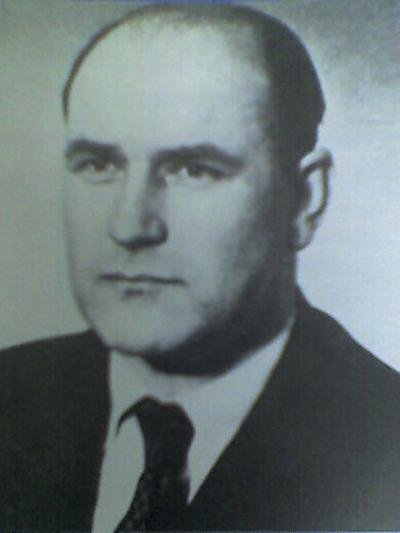History of the CETME 58
CETME 58 History
While the CETME 58 is technically a Spanish gun, it was designed by a German gunmaker named Ludwig Vorgrimler. But, what is even more interesting is that though he worked for Mauser, the CETME 58 is the precursor to Heckler & Koch’s G3 rifle and the MP5 submachine gun. The messy history of this gun is intimately connected with post-war politics and the onset of the Cold War.
Roller-Delayed Blowback on H&K G3
By Amenhtp - Own work, Public Domain, https://commons.wikimedia.org/w/index.php?curid=7063575
The history of the Model 58 begins in Nazi Germany. Near the end of World War II, Vrogrimler worked at Mauser developing a roller-delayed blowback system. This design was very similar to the roller locking mechanism used in Germany’s famous MG 42 machine gun, known as “Hitler’s Buzzsaw.” But, unlike the locking design on the MG, roller-delayed blowback doesn’t completely lock nor does it need a moving barrel. Though he failed to complete the new design before the end of the war, Vorgrimler later used this mechanism to operate the CETME Model 58.
The Spanish CETME
After Germany lost the war, Vorgrimler’s department at Mauser was put under French control. Now working for France’s armament department, Vorgrimler and his colleagues continued to work on the roller-delayed blowback—this time for a French carbine.
Ludwig Vorgrimler
By Muret User:PeplagunIPeplagun - Own work, Public Domain, https://commons.wikimedia.org/w/index.php?curid=6715693
But, in 1950, Vorgrimler quit and moved to Spain to work for CETME—a government design and manufacturing establishment specializing in small arms R&D.
CETME was developing a gun for the Spanish government which needed to weigh less than 4.2 kilograms and have an effective range of 1,000 meters. Using the roller-delayed mechanism, Vorgrimler created a gun based on the Mauser prototype StG 45 and the French AME 49. His design was originally created to use CETME’s 7.92x41mm round but later transitioned to the more powerful and widely used 7.62x51mm NATO cartridge. In 1952, the Spanish government selected his prototype for testing and production.
Spain, at the time, was still ruled by fascist dictator Francisco Franco, and they were desperate for economic aid because they had been isolated from the rest of the world after WWII. Though Spain never officially joined the Axis powers, they supported Nazi Germany by sending voluntary troops to the eastern front and allowing Nazi subs to dock at their ports.
Spanish Navy Solider and the CETME 58
By PH2 Milton R. Savage - [1], Public Domain, https://commons.wikimedia.org/w/index.php?curid=1229939
Around the same time as the first CETME 58 prototype was released, Spain had made a deal with the United States: in exchange for placing four military bases in Spain (useful locations for the fight against communism during the Cold War), the U.S. offered financial and military support. This deal with the U.S. enabled Spain to allocate more money to defense which inevitably led to the Modelo 58—the first production model of Vorgrimler’s design.
In 1958, the CETME Modelo 58 B was adopted by the Spanish Army. This iteration of CETME’s new rifle had several design changes improving the function and aesthetics. Originally built in CETME’s cartridge, most of these rifles were later converted to NATO’s 7.62x51mm round.
Several other iterations of the CETME followed including the Model C which was developed for the NATO round and became the standard rifle for the Spanish military in 1974. This rifle was used by the Spanish Army to maintain control of its colonies, and it wasn’t until the 1970s and the death of Franco that Spain finally relinquished control of all their territories.
CETME Legacy
Eventually, Vorgrimler moved back to Germany and resumed work at Mauser as the head of R&D where he continued to develop small arms and earned several patents. While CETME and Mauser continued to work closely together, it was H&K who eventually used this design to create a family of guns which are still used around the world today.
While CETME was developing the Model 58, West Germany’s Army expressed interest in the new rifle and purchased several for testing. Later, in 1959, they purchased the design and production was transferred to Heckler & Koch. This rifle is known as the G3.
The Heckler & Koch G3 was the precursor to the famous MP5 submachine gun and several other rifles. While not as prolific as the G3, the Spanish CETME Model 58 was the first gun to use the roller-delayed blowback system.
Sources
https://www.history.com/topics/world-war-ii/francisco-franco
https://www.britannica.com/place/Spain/Francos-Spain-1939-75
https://en.wikipedia.org/wiki/CETME_rifle
https://en.wikipedia.org/wiki/Ludwig_Vorgrimler



